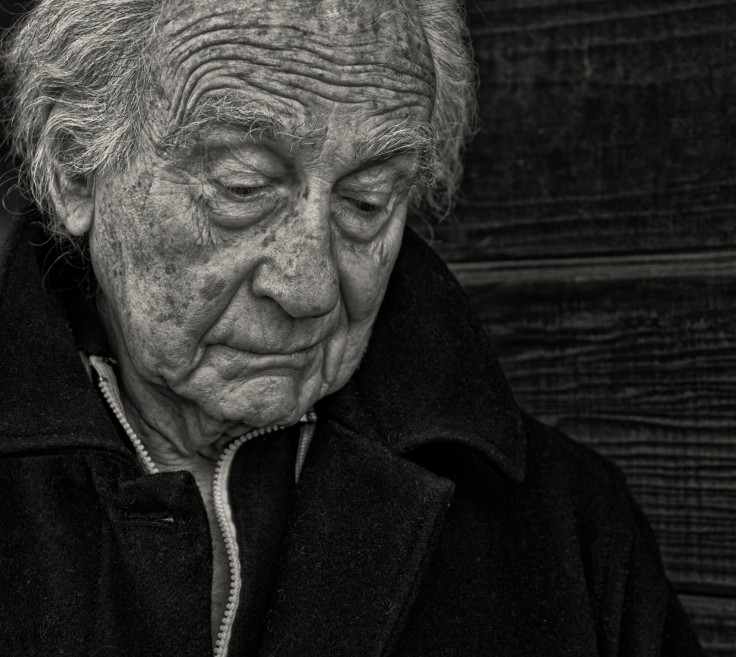WHO On Suicide: Someone Dies From Suicide Every 40 Seconds; Rates Highest Among Seniors And Impoverished

According to a recent report released by the World Health Organization, you’ve most likely experienced the death of a loved one to suicide. WHO’s most recent findings revealed that one person dies from suicide every 40 seconds. Although suicide has been found to affect every country and every age group, the rates seem to be significantly higher for individuals who live in low- to middle-income countries, as well as those over the age of 70.
On average, each year 800,000 people pass away from suicide, a death, which, according to WHO, is completely preventable with the correct measures. “This report is a call for action to address a large public health problem, which has been shrouded in taboo for far too long,” WHO Director-General Dr. Margaret Chan explained in the news release.
At the head of the suicide list are countries in Asia and Eastern Europe, with India and Lithuania taking the top spots. The report revealed that one of every three suicides worldwide occurs in India, and in Lithuania suicide accounts for the cause of death in an alarming 28.6 deaths per 100,000 people. Other countries in the top spots include: South Korea, Belarus, Kazakhstan, and Russia.
Many associate suicides with younger individuals, but this report reveals an unspoken truth: Although many will attempt suicide, older adults are more likely to die from it. The reason for this is simple, young bodies are more resilient than older bodies, Dr. Yeates Conwell, a psychiatrist at the University of Rochester Medical Center, who has studied late-late suicide, told The New York Times. Also, young people are less likely to use lethal methods in their suicide attempts, such as drug overdose or cutting wrists. Firearms are the preferred methods of seniors and, unfortunately, leave little room for error.
If suicide deaths are so much more common among the elderly, why is the act still associated with youth? Once again, there may be a simple reason for this. Patrick Arbore, founder and director of the Center for Elderly Suicide Prevention in San Francisco suggested to The Times that because of the stigma that still surrounds suicide, “coroners will go to great lengths to call it something else.” For example, “If it’s an overdose, they can call it an accident,” Arbore explained.
It’s unshrouding this stigma that will help to reduce the devastatingly high number of suicides. The WHO also suggested removing much of the “sensational” language that the media often uses to describe reports of suicides. For example, many expressed their concern that the wide coverage of the late actor Robin Williams’ suicide and depiction of his death as an “option” may have opened the door to more suicide attempts, The Guardian reported.
Other ways to help reduce suicide is to make it harder for individuals to access the means to kill themselves. Hanging is globally the most common means of committing suicide, but in America, more than half of all suicides are carried out with the use of firearms. Limiting access to tools such as hanging rope, firearms, and poison may help to bring down global suicide rates.



























